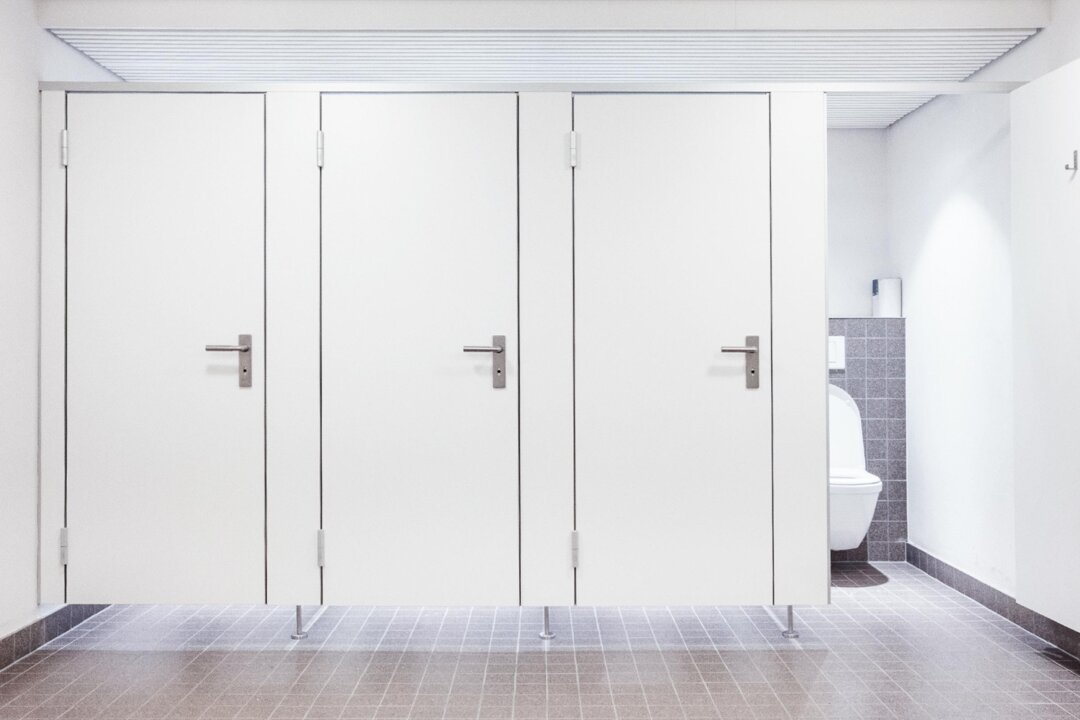Health
Debunking Toilet Seat Myths: What Experts Say About Germ Risks

Concerns about germs lurking on public toilet seats have long fueled anxiety among users. Many people believe these seats are breeding grounds for dangerous pathogens. Yet, experts are now clarifying that the actual risks associated with toilet seats may be overstated. According to dermatologists and microbiologists, while bathrooms can host various pathogens, toilet seats are rarely the primary source of disease transmission.
Dr. Chen Wei-di, a dermatologist in Taiwan and a member of the American Academy of Dermatology, emphasized that “while bacteria do exist on toilet seats, most are harmless to humans or pose risks only under specific conditions.” This assertion is echoed by other health professionals who point out that the most significant threats in restrooms typically originate from surfaces that are frequently touched or from airborne particles after flushing.
Potential Pathogens in Restrooms
Although the presence of certain harmful microorganisms in bathrooms is possible, they are not often linked to toilet seats. Dr. Huang Huilun, an attending physician at Ton-Yen General Hospital, explained that certain parasites and molds can theoretically survive on a toilet seat. For instance, pubic lice and scabies, along with molds such as tinea cruris and tinea corporis, can be transmitted via contact.
A study published in 2024 in Scientific Reports revealed that the pathogen Clostridium difficile can become airborne after flushing, raising concerns about its spread. This bacterium is known for causing colon inflammation, which can lead to severe gastrointestinal issues.
Gastrointestinal Viruses and Their Risks
Gastrointestinal viruses, particularly norovirus, pose a significant health risk in public restrooms. Dr. Chen indicated that these viruses primarily latch onto frequently touched surfaces, including flush handles, door knobs, and faucets. They can easily enter the human body through hand contact, leading to gastrointestinal illnesses characterized by diarrhea and vomiting.
Moreover, both E. coli and Salmonella are often found in human waste. When toilets are flushed, microscopic droplets can carry these bacteria into the surrounding air. As these pathogens primarily spread through the fecal-oral route, they significantly contribute to gastrointestinal diseases.
Addressing Fears Surrounding STD Transmission
One of the most persistent myths regarding public toilets is the fear of contracting sexually transmitted diseases (STDs) from toilet seats. Experts, however, assert that this concern is largely unfounded. The risk of transmission through contact with a toilet seat is negligible compared to other more common routes of transmission.
In summary, while it is essential to maintain good hygiene in public restrooms, the fear surrounding toilet seats may be misplaced. Understanding the actual risks associated with various surfaces in bathrooms can help alleviate anxiety and promote healthier practices.
-

 Technology5 months ago
Technology5 months agoDiscover the Top 10 Calorie Counting Apps of 2025
-

 Health2 months ago
Health2 months agoBella Hadid Shares Health Update After Treatment for Lyme Disease
-

 Health3 months ago
Health3 months agoErin Bates Shares Recovery Update Following Sepsis Complications
-

 Technology4 months ago
Technology4 months agoDiscover How to Reverse Image Search Using ChatGPT Effortlessly
-

 Technology1 month ago
Technology1 month agoDiscover 2025’s Top GPUs for Exceptional 4K Gaming Performance
-

 Technology2 months ago
Technology2 months agoElectric Moto Influencer Surronster Arrested in Tijuana
-

 Technology5 months ago
Technology5 months agoMeta Initiates $60B AI Data Center Expansion, Starting in Ohio
-

 Technology5 months ago
Technology5 months agoRecovering a Suspended TikTok Account: A Step-by-Step Guide
-

 Health4 months ago
Health4 months agoTested: Rab Firewall Mountain Jacket Survives Harsh Conditions
-

 Lifestyle5 months ago
Lifestyle5 months agoBelton Family Reunites After Daughter Survives Hill Country Floods
-

 Technology4 months ago
Technology4 months agoHarmonic Launches AI Chatbot App to Transform Mathematical Reasoning
-

 Technology3 months ago
Technology3 months agoUncovering the Top Five Most Challenging Motorcycles to Ride





















